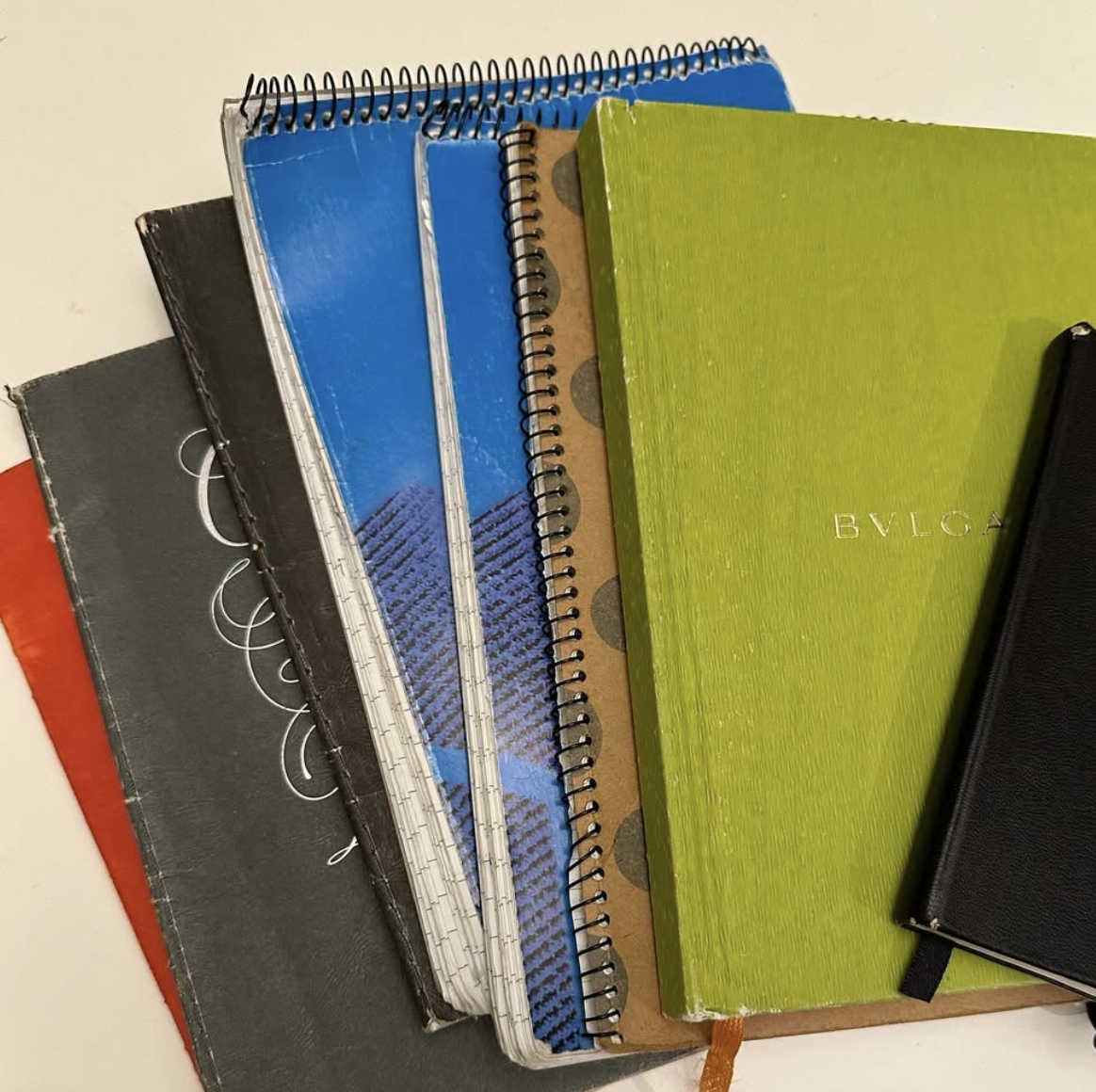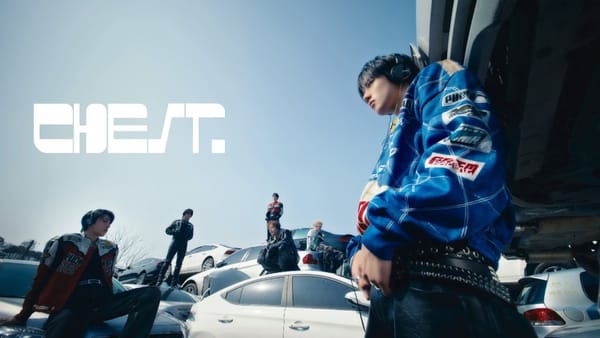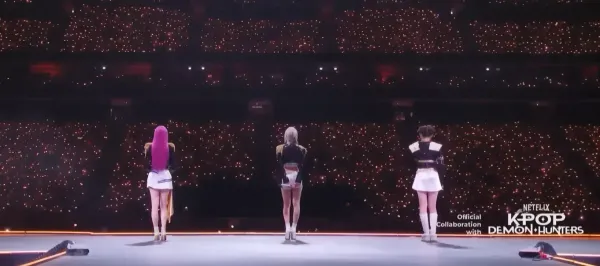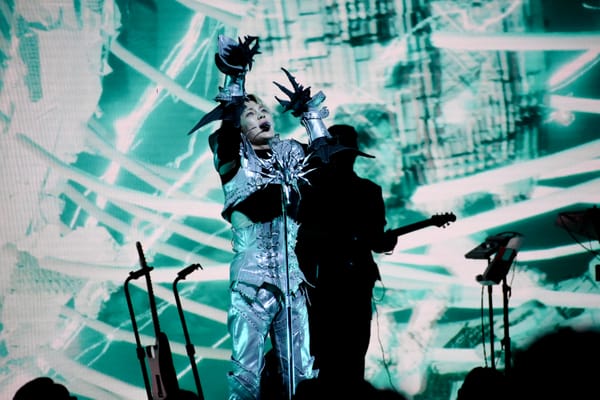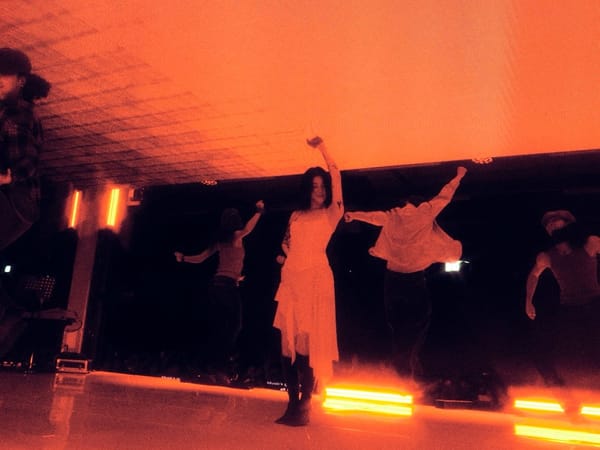Finding K-pop where the stars don’t go
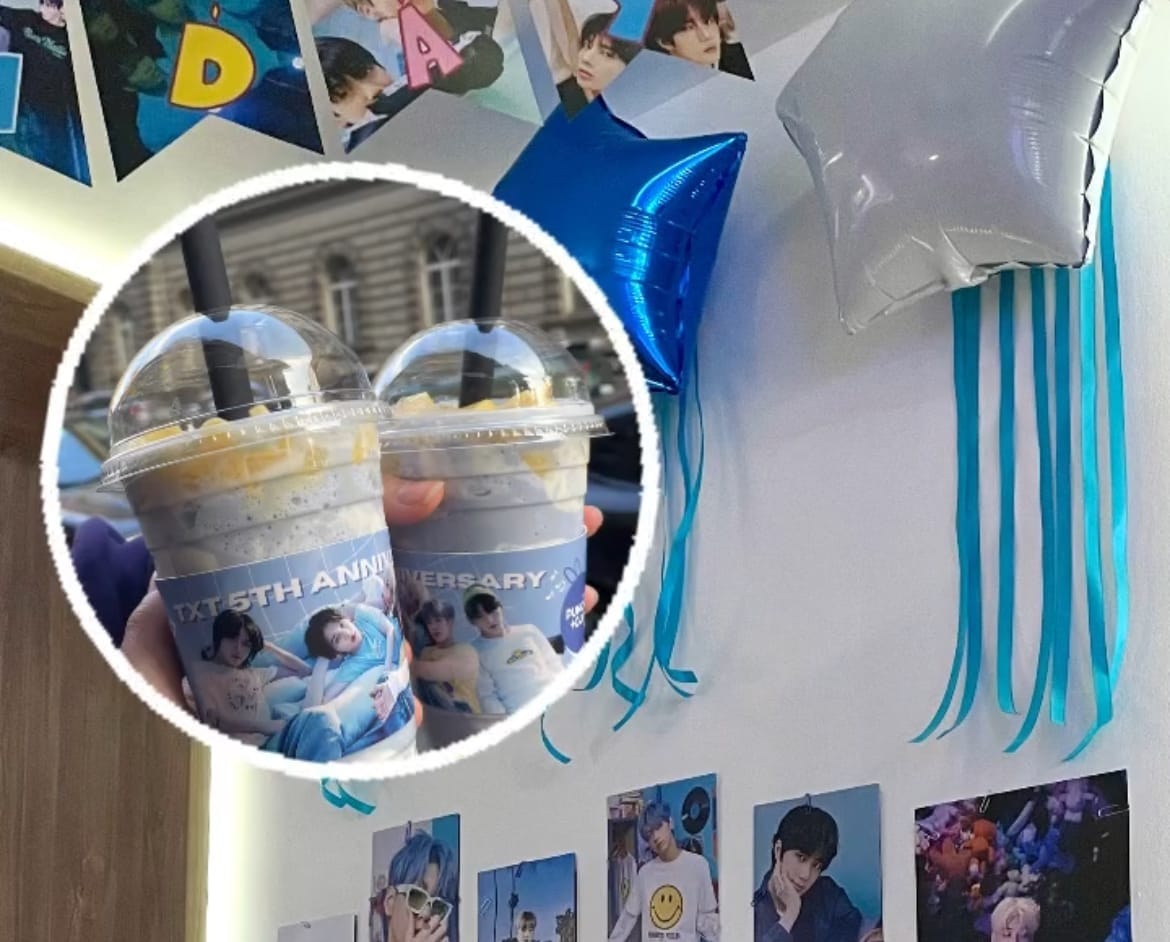
Sarah Zhang is one of Notes on K-pop's summer fellows. She is a student at New York University studying Media & Communications and Entertainment Business.
Tamar: When Sarah pitched this idea to Notes on K-pop, it excited me to learn about how different her perspective is about K-pop fandom in the US, particularly in the New York, versus when I was in college and we were lucky if we got one concert every year.
K-pop’s growth has been immense, but these sorts of fan-driven spaces are still some of the most important to K-pop’s community. Fan organizing has at different points made K-pop companies take note of audiences, such as Indian or French fans rallying for attention and concerts. Even where the stars may not go, fans exist.
As someone who grew up in the Tri-State East Coast area and currently attends university in New York City, attending K-pop concerts is not only accessible but also rather convenient for me. Rather recently, I purchased my ticket for IU in Newark the day before the show. Hopping on the PATH train from the World Trade Center to a station less than a ten-minute walk from the Prudential Center, I traveled to and from the venue with little to no stress or difficulties. In November 2023, I ran to the subway station right next to my dorm and took the yellow line up to Times Square where I watched Jungkook’s surprise performance at the TSX Stage; all I paid was $2.90 for the subway fare.
Being a K-Pop fan in New York City is engaging. Concerts are held in or near the city frequently since nowadays pretty much everyone stops in the biggest city on the East Coast. Pop-ups and merchandise can be found around Manhattan and even in department stores, both in NYC and around the country. Cupsleeve events, random play dances, and other fan meetups occur often in cafes or parks. Many idols also fly in to promote their releases in outlets such as The Today Show or MTV interviews. The iconic Calvin Klein billboard on Houston St. has boasted Jennie and Jungkook on its display multiple times, making my walks to school every day enjoyable.
I had the privilege to spend the previous semester of my studies in Prague, Czechia–a beautiful city in the center of Europe. Within a few weeks of arriving in Europe, one of my favorite bands Wave To Earth announced their flaws and all tour. If they stopped by New York and I was there as usual for my studies, I wouldn’t even hesitate to grab tickets. As I was now across the Atlantic Ocean, I had more things to think about. The closest stop I could attend was in Berlin, which I had to cross country borders to get to. After successfully obtaining tickets a few days later, I immediately began planning my trip there. As much of an investment as I had already decided to spend financially, logistically it was not as simple as I thought it would be once tickets were procured.
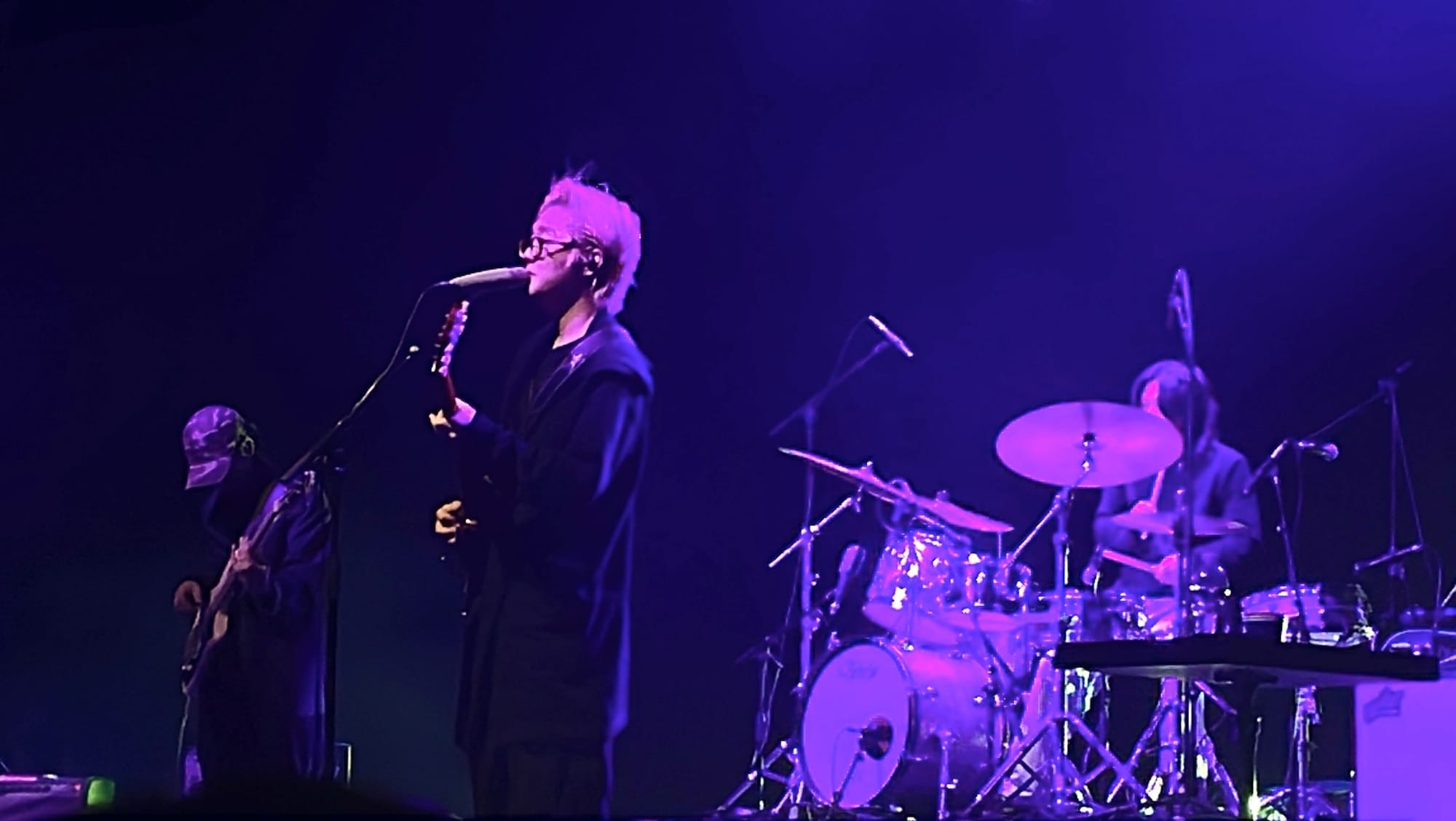
First and foremost, I was a student. The concert was months in the future, and I had no idea what could happen before then. Would I have a group project due that week? What about an exam? What if I receive a task for my internship, and I do not have enough time to complete it before the weekend? With these uncertainties in mind, I searched for bus tickets to Berlin.
I soon was on Booking.com scrolling through hotels. After an hour or so, I found myself down several hundred dollars. This was a moment of shock for me not just because of the money I had spent, but the amount of organizing I had to undertake before I could even confirm that I could attend the concert. Although I know other U.S. and international K-pop fans have to do similar sort of planning to attend K-pop shows in major cities they may not live near, it was a new experience for me personally.
Wave To Earth had a total of ten stops and eleven nights in Europe, even hitting Milan, Brussels, and Manchester. Yet this has historically been rarely seen for larger, touring K-Pop groups. It is commonly known that when K-Pop groups announce “world tours”, it usually means South Korea, Japan, some other cities in Asia, and the United States. The rest of the American countries, Europe and Australia get occasional dates, the Middle East and India a handful of shows a year, and Africa rarely sees any attention from K-pop artists.
The ability for fans to mobilize and create their own joys when no company or artist is pushing it themselves was something I didn’t go out of my way to find before.
When I first accepted my offer to study abroad, I had texted my friends “SEVENTEEN better not tour the US in the first half of 2024,” jokingly saying that I would be upset if I missed seeing them while living overseas. After the cancellation of several ODE TO YOU TOUR dates in 2020 due to the pandemic, many had hoped that SEVENTEEN would announce European dates again for BE THE SUN TOUR which commenced in 2022. However, the tour only encompassed stops in the United States and parts of Asia. While the group recently made history as the first ever K-Pop act to perform at Glastonbury Festival and are slated to headline Lollapalooza Berlin, there is still a bitter taste in the mouths of many fans after the group confirmed that the new RIGHT HERE tour is set to begin in October, but no mention of Europe in the announcement. It’s been a struggle for years: In 2019, BTS’ Love Yourself: Speak Yourself Tour only hit London and Paris. Although the MAP OF THE SOUL TOUR was canceled due to Covid, it only listed London, Berlin, and Barcelona as European stops.
Although the globalization of K-Pop continues to expand rapidly, it consequently leaves many fans out of the conversation in terms of direct engagement with the artist. Using a term I learned from Tamar, these “K-Pop deserts”* are areas that earn little to no attention from companies and artists, rarely seeing tours or any other sort of acknowledgment for having fans. I studied in a central city in Europe, but I rarely saw or heard any conversations of K-Pop anywhere outside of my small circle of friends; there was little outward acknowledgment of its popularity as Europe is still a widely untapped market by the K-Pop industry. But that does not stop fans from supporting their favorites. (*Tamar: This is a phrase that came to mind while I was talking with Sarah, based on the colloquial, much more serious (and controversial) term “food deserts,” which refers to regions that lack healthy and affordable food access.)
Despite the lack of exposure to K-Pop from artists and their companies themselves, and regional media recognition, I still found the community overseas to be heartwarming in its own way. On Jindřišská near the Czech National Museum, a boba store stands with its doors open for cupsleeve events. I first stumbled upon this place while walking by and seeing a hanging picture of TXT. Curious, my friend and I walked in and ordered a drink, drawing a random event photocard from a decorated box at the checkout. As I waited for my order, I walked around the small store. Every wall was decorated with pictures of the members. Letter balloons spelled out “MOA.”
I snapped a few photos on my phone before grabbing my refreshing blue and yellow icy drink and heading out. The texture of the coconut shavings blended into the sweet, icy syrups of the base. Its bright colors complemented the upbeat atmosphere of the store.
A few weeks later, the store held a Stray Kids event. My friend and I stopped by again, taking in the new decorations and special drink. I pulled a Han event photocard this time, and I looked around to see other customers conversing and trading what they drew. The STAY beverage was not as refreshing as the MOA drink, which I still think about often, but it was still a memorable experience.
Not long after that, a (G)I-DLE and LE SSERAFIM joint event was held. I walked home with a “Smarter” drink and a postcard of the LE SSERAFIM members while my friend bought the “Queencard” drink and took a Miyeon photocard.
The reason this boba shop stands out in my memory is because pretty much my only communal K-Pop experiences in Prague was through this one store! It was difficult to find a K-Pop community in the city, especially as a short-term resident who didn’t speak the language well, but the shop made me think immensely about the preciousness of a fanmade space. While looking at the drink menu, I had Google Translate opened on my phone to scan the text. I am usually picky with my drinks, so I wanted to make sure I bought something I would like. Even though I had difficulties understanding the menu and conversing with other customers, it was comforting to know I was somewhere where everyone had something in common: being a K-Pop fan.
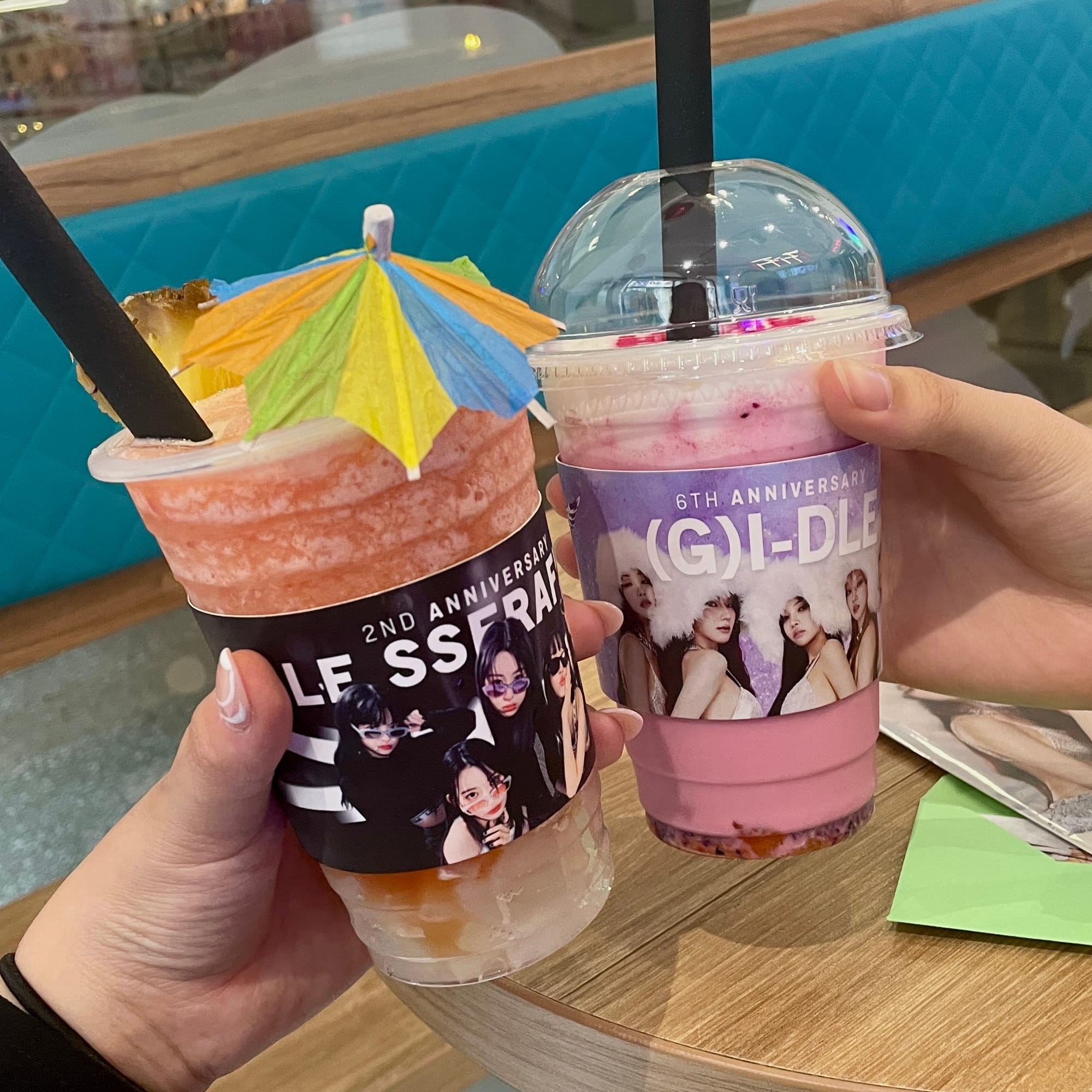
This altered perspective of engaging with artists in a company/artist-promoted space versus a fanmade space was something new to me; the reliance on fans to create fan culture and engagement was a concept I was not familiar with. Sure, there are plenty of events organized by fans in New York City too, but when you are in an area where this is the only K-Pop exposure you can receive, it feels much more valuable. Appreciating what is available around me, albeit limited, highlighted what it really means to be part of a fanbase.
When I was in Berlin for the Wave To Earth concert –all my worries were unwarranted, and the show was phenomenal– I ended up standing in line with someone who also traveled from Prague. While we waited for hours, he shared his favorite K-Pop places in Prague and also how to “make the most” of those experiences. He is in a dance group where he spends his days learning and practicing to film covers. There is a K-Pop store with a cute photobooth on the downstairs level near the large shopping mall in the center of the city. Eating at KBBQ restaurants is a fun way to hear K-Pop in public. I would never have found these out via how I usually discover events back home; social media, or official communications from companies or media organizations. These are all spaces created by fans–no company or artist is directly influencing or promoting such events! Fans enjoy fan events made by fans for fans, shared by word of mouth. It is a cycle of fan engagement. To me, this was so special since it was all so genuine; it was so earnest. This was what it meant to be a fan.
I did eventually visit the K-Pop store he recommended. A friend and I were passing by the area to shop around and decided to stop by. Upon entering the store, we saw cardboard standees scattered around the store. We found them cute as we browsed the shelves. One shelf held bags upon bags of merchandise which I couldn’t even find in the United States. What caught my eye were sweatshirts from numerous groups’ Japan tours. I had never seen them in a store before, and if it weren’t for the fact that my luggage was already packed to its maximum capacity, I would have splurged on SEVENTEEN’s FOLLOW to Japan merch. Walking down the stairs, we saw LIFE4CUTS photobooths where you could choose to decorate your frames with numerous K-Pop groups. My friend and I walked home with four strips of photos each, capturing our laughs as we scrambled to find poses in the small booth.
I also had a meal at a KBBQ restaurant since he recommended it, and it is definitely more fun hearing K-Pop in a public space than in your own headphones, especially after a semester of distancing from my K-pop community back home. While I was studying in Prague, I was also interning, and my lovely supervisor was always so eager to grab KBBQ with me. Although she was not much of a K-Pop fan, she loved watching Korean dramas, and we often chatted about new shows or our favorite actors during our free time. As we conversed over the grill that night, I couldn’t help but smile. Maybe it was the soju we were sharing, but I was giggling throughout the dinner, introducing my supervisor to the songs playing over the speakers of the restaurant. She eagerly listened to everything I said, and it was just such a healing night after several consecutive months of busy work and sleepless nights.
Four months was not nearly enough time for me to visit everywhere I wanted while I was in Europe; I never was able to attend a dance cover filming of the person I stood in line with, unfortunately. The semester flew by, and I soon found myself in the airport again; this time, to go home.
Needless to say, even though I was in a foreign country with little of the easy access to K-Pop I was used to, I still found the time to be very enjoyable. Even without the privilege of accessible concerts or merchandise, I did not feel that I was lacking in being a fan, and instead, it made me rethink my relationship to artists and the community. The ability for fans to mobilize and create their own joys when no company or artist is pushing it themselves was something I didn’t go out of my way to find before. If anything, these rare experiences helped me to appreciate the small things– how fans create an oasis for themselves in so-called K-Pop Deserts.
